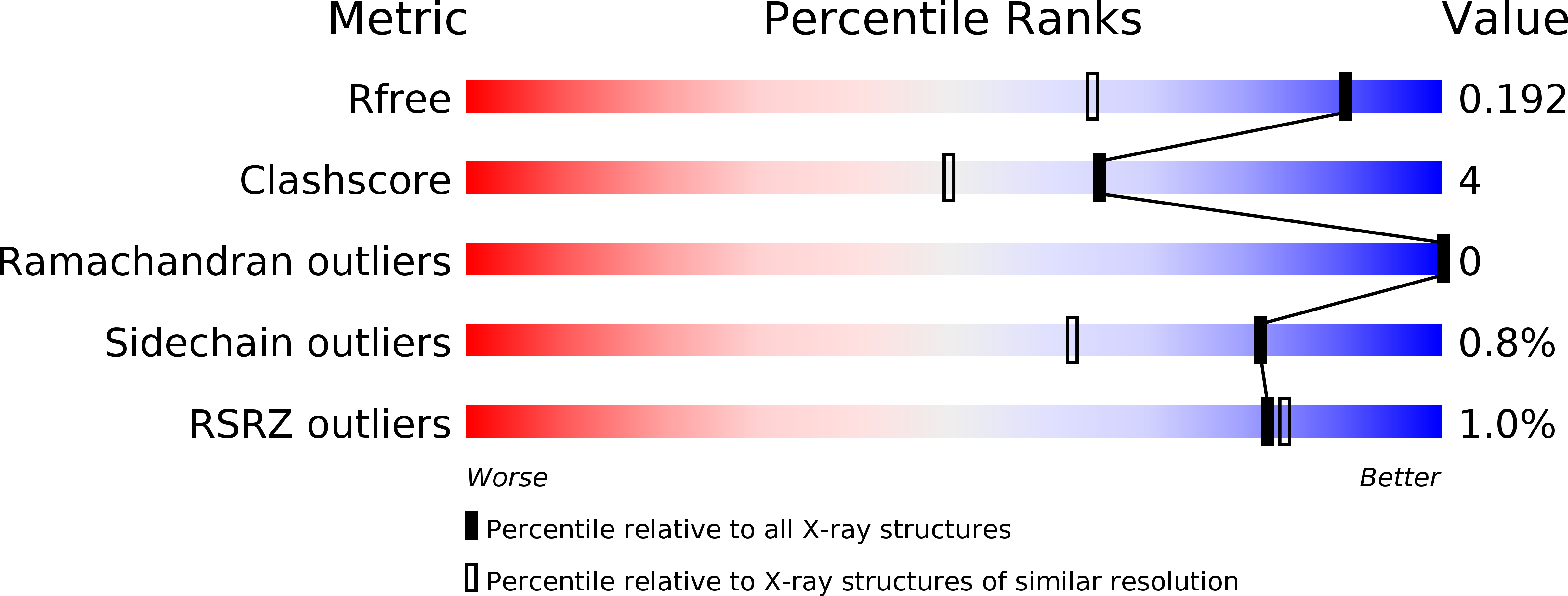
Deposition Date
2011-11-14
Release Date
2012-11-28
Last Version Date
2024-11-06
Entry Detail
PDB ID:
4A7T
Keywords:
Title:
Structure of human I113T SOD1 mutant complexed with isoproteranol in the p21 space group
Biological Source:
Source Organism:
HOMO SAPIENS (Taxon ID: 9606)
Host Organism:
Method Details:
Experimental Method:
Resolution:
1.45 Å
R-Value Free:
0.18
R-Value Work:
0.15
R-Value Observed:
0.15
Space Group:
P 1 21 1


